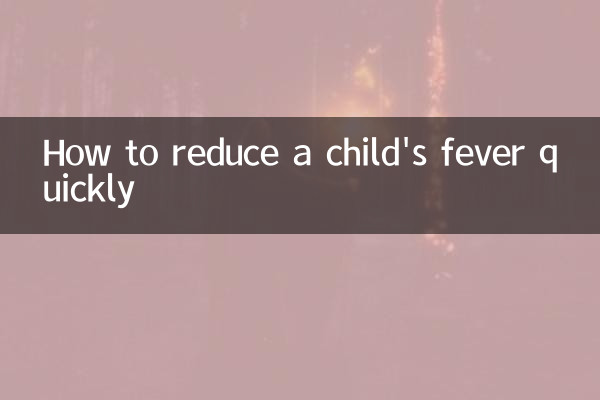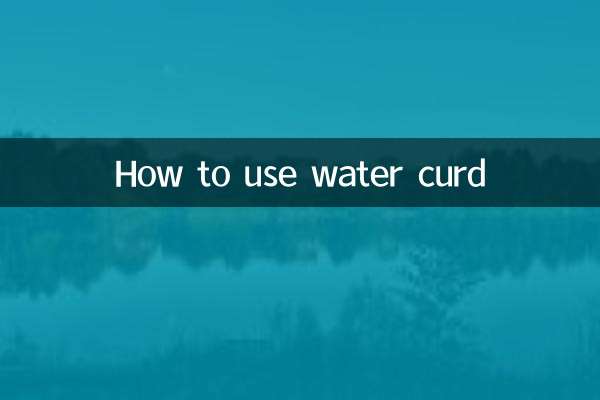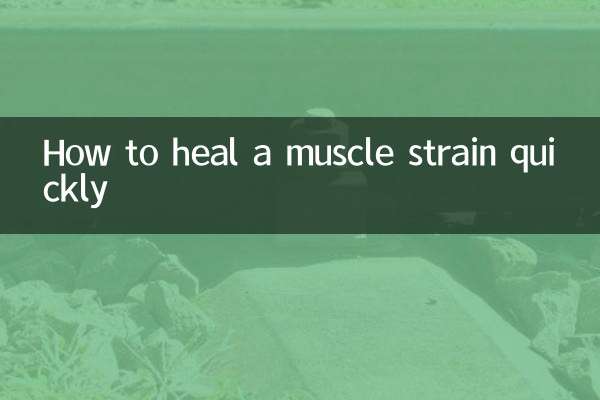How to reduce a child's fever quickly
Recently, with the change of seasons and the peak period of influenza, fever in children has become a hot topic of concern for parents. How to safely and effectively reduce children's fever in a short period of time is a question that many parents are eager to know. This article will combine the hot content on the Internet in the past 10 days to provide you with structured data and suggestions to help you quickly respond to your child's fever.
1. Common causes of fever in children

According to recent search data, the leading causes of fever in children include:
| reason | Proportion |
|---|---|
| Viral infections (such as flu, cold) | 65% |
| Bacterial infections (such as pharyngitis, otitis media) | 25% |
| vaccination reaction | 5% |
| Other causes (e.g. teething, overheating) | 5% |
2. Effective methods to quickly reduce fever
Combining the recommendations of pediatricians and recent popular discussions among parents, the following methods are widely considered to be safe and effective ways to reduce fever:
| method | Applicable age | Things to note |
|---|---|---|
| Physical cooling (wiping with warm water) | all ages | Avoid using alcohol or ice water |
| Ibuprofen (such as Motrin) | More than 6 months | Calculate dose based on body weight |
| Acetaminophen (such as Tylenol) | more than 3 months | No more than 4 times in 24 hours |
| Drink more water or oral rehydration salts | all ages | Drink small amounts frequently |
3. Common misunderstandings among parents
According to recent hot searches, the following misunderstandings regarding fever reduction require special attention:
1.Cover sweat to reduce fever: Children's body temperature regulation ability is weak, and sweating may cause the body temperature to further rise, and even cause febrile convulsions.
2.Abuse of antibiotics: Antibiotics are not effective against viral fevers unless a bacterial infection is confirmed, and resistance may develop.
3.Alternate use of fever reducers: The alternate use of ibuprofen and acetaminophen must strictly follow the doctor's instructions to avoid overdose.
4. When do you need immediate medical treatment?
The following situations indicate that the condition may be serious and require prompt medical treatment:
| symptom | Hazard level |
|---|---|
| Persistent high fever (above 39°C for more than 24 hours) | high |
| Having convulsions or confusion | urgent |
| With rash or difficulty breathing | high |
| Fever in infants under 3 months old | urgent |
5. Daily suggestions for preventing fever in children
1.Get vaccinated: Get influenza vaccine and other planned immunization vaccines on time.
2.wash hands frequently: Educate children to develop the habit of washing hands frequently to reduce the spread of viruses.
3.Dress wisely: Add or remove clothing in time according to weather changes to avoid overheating or catching cold.
4.Enhance immunity: Ensure adequate sleep and balanced nutrition, and supplement vitamin D appropriately.
Through the above structured data and practical suggestions, we hope to help parents respond more calmly when their children have a fever. Remember, it’s more important to observe your child’s mental state than just focusing on a temperature number. When you are unable to determine your condition, timely consultation with a professional doctor is the safest option.

check the details

check the details